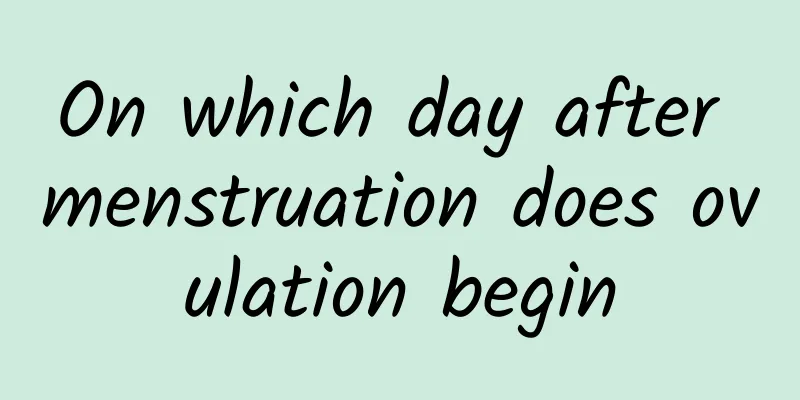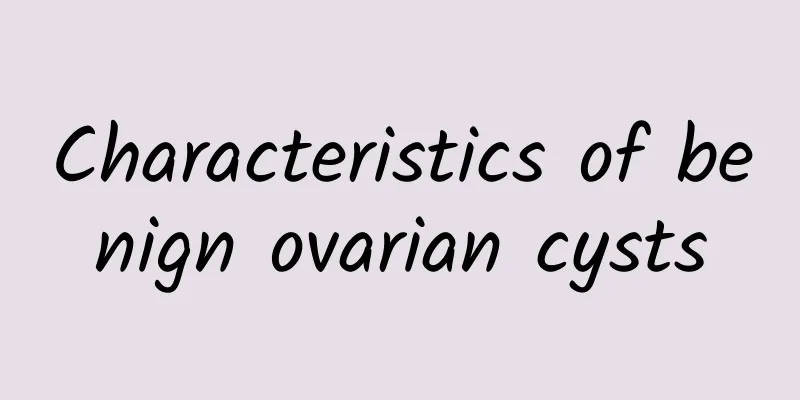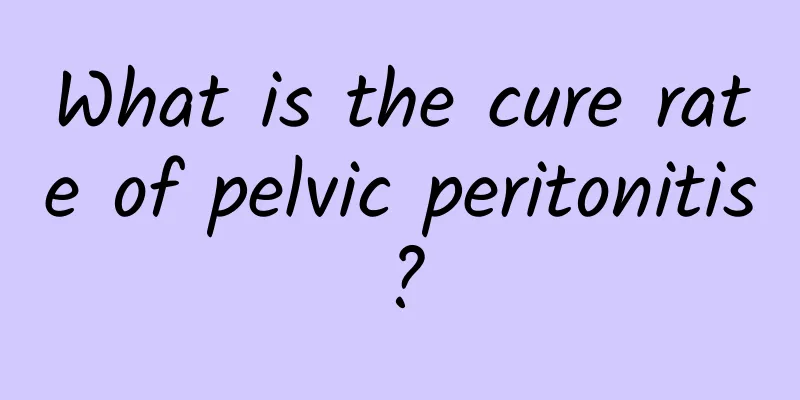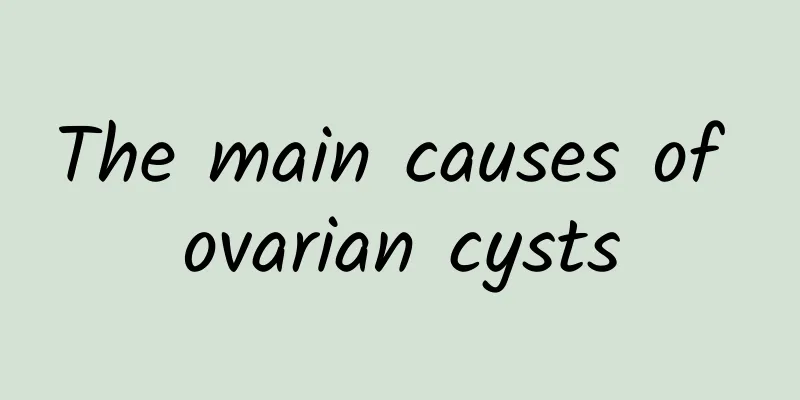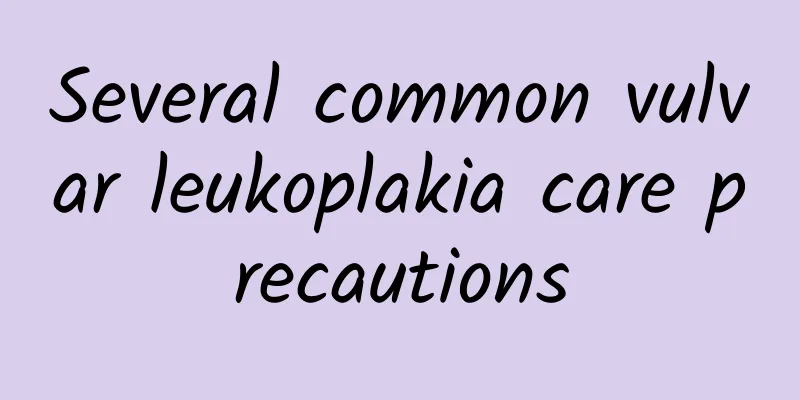How to treat cervicitis after childbirth? These methods can treat postpartum cervicitis
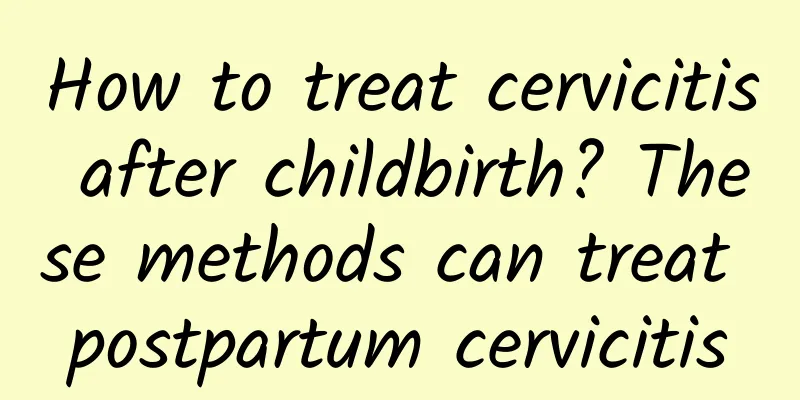
|
Postpartum cervicitis is a common gynecological disease in women after childbirth. There are two types: acute and chronic. Acute cervicitis often coexists with acute endometritis or acute vaginitis, but chronic cervicitis is more common. The main manifestation is increased vaginal discharge, which is sticky mucus or purulent mucus, sometimes accompanied by blood or blood streaks. So, how to treat postpartum cervicitis? The treatment of postpartum cervicitis should exclude cervical cancer first, so as to avoid misdiagnosing early cancer as inflammation and delaying treatment. The treatment of postpartum cervicitis can be disinfected first, then clamped with long hemostats and twisted off, or clamped with biopsy forceps. Bleeding from the broken end can be compressed with cotton balls or gauze, which can usually stop bleeding. Cervical hypertrophy and glandular cysts generally do not require treatment. If the glandular cyst is large, it can be punctured with a thick needle, the jelly-like substance can be squeezed out and then coated with iodine, or it can be punctured with an electric cautery, the liquid can be released, and then the cyst wall tissue can be burned. The treatment principle of postpartum cervicitis is to use various methods to destroy the columnar epithelium on the erosion surface, causing it to necrotize and fall off, so that new squamous epithelium can grow in and cover the granulation surface to achieve the purpose of healing. The more effective treatment method for postpartum cervicitis is: This treatment for postpartum cervicitis is suitable for moderate and severe erosion. It is currently the most effective and shortest treatment method, and it can usually be cured in one treatment. Patients with postpartum cervicitis need to actively receive treatment. During the treatment, they should pay attention to personal hygiene, avoid artificial abortion, etc., so as not to aggravate the condition of postpartum chronic cervicitis. During the treatment of postpartum cervicitis, sexual intercourse should be prohibited, attention should be paid to rest, and fatigue should be avoided. Pay attention to sexual hygiene, wash the genitals every day, wash the front genitals first, then wash the back genitals, and use a special towel. Wash the genitals once before and after sexual intercourse, empty the urine once after sexual intercourse to flush the genitals, and sexual intercourse is strictly prohibited during menstruation. Expert Tip: For patients with postpartum cervicitis, only by finding the treatment method that suits them best can they avoid causing greater harm to their bodies. |
<<: What kind of cervicitis does not need treatment? 3 types of cervicitis do not need treatment
Recommend
Will the removal of the vestibular gland affect the couple's life?
Will the removal of the Bartholin's gland aff...
How to treat cervical erosion in women? How to cure cervical erosion? How to take care of patients with cervical erosion?
When it comes to cervical erosion, a gynecologica...
What should I do if I feel dizzy and weak due to bleeding during ovulation?
What should I do if I feel dizzy and weak due to ...
What is Trichomonas vaginitis? How is Trichomonas vaginitis caused?
Many married women suffer from gynecological dise...
Can vulvar pruritus be treated?
Vulvar pruritus can be treated, but the treatment...
Can women with ectopic pregnancy be cured?
Ectopic pregnancy is preventable. To prevent the ...
What are the symptoms of cervical erosion after abortion? Five symptoms of cervical erosion after abortion
Cervical erosion also has a great impact on women...
What should I do if I have uterine fibroids? What are the women who are prone to uterine fibroids?
Uterine fibroids are a common disease in women of...
What are the side effects of laser therapy for cervical erosion?
What are the side effects of laser therapy for ce...
The main causes of chronic adnexitis in women
Since chronic adnexitis is very harmful to women&...
What are the surgical methods for treating ectopic pregnancy?
Ectopic pregnancy is the most common pregnancy di...
The harm of endometrial tuberculosis to the body
Today's society is under great pressure, and ...
How to eat well for patients with vulvar itching
I believe that many women have experienced the sy...
What fruits can't be eaten after an abortion? What is the best way to nourish the body after an abortion?
Abortion is a common gynecological procedure that...
What is the reason for the menstrual period to be more than half a month late?
What is the reason for menstruation being more th...
